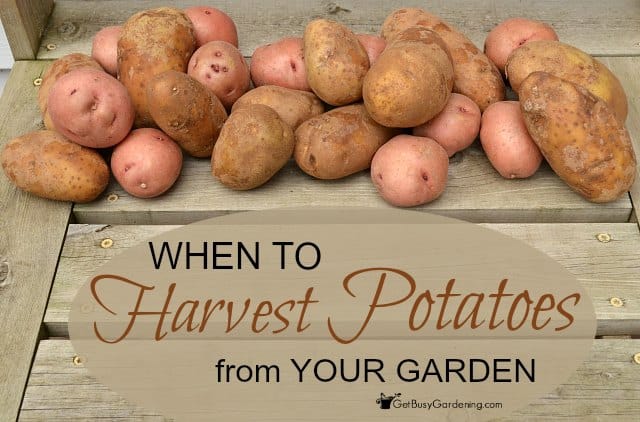

Potato towerĪ simple way to do this is to knock the base out of an old dustbin, place it in a sunny spot, line the base with some compost and soil, and plant into that. However, these early, sweet potatoes don’t store well so are best eaten on the day you harvest them … with some butter and chopped parsley or mint….

If you can’t wait, you can sneak an early crop of ‘new’ potatoes after the plant has flowered by digging gently under the plant with your hands and pulling out a few spuds. Harvest after about 15-20 weeks, when the leaves start to yellow. Once planted, simply rake over with soil to cover the spuds.Īs the potatoes grow, you can pull more soil onto them, encouraging the plant to produce more potatoes up its stem. Tino likes to dig trenches about a shovel wide and 20cm deep, with the dug-up soil mounded between each trench, about 50cm apart. Tino prefers to remove the shoots except one strong one, to focus the growing energy on a single stem.Īs an experiment, Tino plants half chitted spuds and half unchitted, to compare the growth rates later. Spuds do it at the back of your larder anyway, but if you want to do it more formally, place them in an old egg carton to protect them and put this in a dry, airy place for a week. This is simply encouraging your potato to grow new sprouts before you plant it.


Varieties include: Up To Date, Desiree Pontiac, Sebago Sit somewhere in the middle so are okay for most uses Try: Kennebec, King Edward, Russets, Coliban High in starch and go soft when cooked, so are good for lovely crunchy roast potatoes, chips, or fluffy mash Varieties include: Nicola, Kipfler, Dutch Cream, Pink Eye This is called ‘earthing up’ and I’ll offer more advice on this in due course.Have higher water content and hold together better when cooked, so they’re good for salads and casseroles The foliage of young potato plants is very susceptible to frost, so as soon as the tips of the plants show, cover with soil. If you have never eaten a potato lifted straight from the ground, you are in for a real treat! Caring for your precious crop Once planted, cover each row of potatoes with a shallow ridge of soil, then stand back, admire your handiwork and think of those wonderful new potatoes that you will be harvesting in a few weeks’ time. First and second early varieties should therefore be planted 12” (30cm) apart in rows spaced 24” (60cm) maincrop varieties – 15” (40cm) apart in rows spaced 30” (75cm). Potatoes are hungry plants and if planted too close, the resulting tubers are likely to be disappointingly small. Simply fill the base with 6” (15cm) of rich compost and sit a couple of seed potatoes on this then add layers of compost as new shoots appear, just covering these until the container is filled to the top – then let the foliage grow on. If you are limited for space, a small crop of delicious new potatoes can be grown in a suitable container. Over the years, I’ve tried various methods of planting and the resulting crop has been of a similar quality. If you are planting a number of potatoes of several varieties, digging and preparing trenches is a time-consuming task and a simpler way is to space your seed potatoes out along a row, then use a trowel and make as deep a hole as possible in well-dug ground and pop a potato in. The traditional way of planting potatoes is to dig a narrow trench approximately 6” (15cm) deep, then add a layer of well-rotted manure, compost, Comfrey leaves or similar material to feed the potato plants as the tubers develop. Growing potatoes is a great way of clearing a neglected piece of ground, as you’ll find that you dig the soil three times – once when you plant, once when you earth up, and once more when you dig up the crop and turn over the soil – by which time, all traces of grass and weed will be eliminated. If you wish to grow potatoes in containers (large pots or special sacks), start a week or two earlier. When to plant different varietiesĪs we live in a milder part of the country, potatoes can be planted earlier than elsewhere - first early varieties in late March second earlies in early April maincrop spuds later that month. Gardening folklore has it that potatoes are traditionally planted at Easter, but given that the dates of the Easter weekend vary widely from year to year, here is a better indication of planting times to ensure a great crop of tasty spuds. Those seed potatoes that you bought a few weeks ago and set to ‘chit’ in a cool place should be developing sturdy pale shoots, a sure sign that they are ready for planting out.


 0 kommentar(er)
0 kommentar(er)
